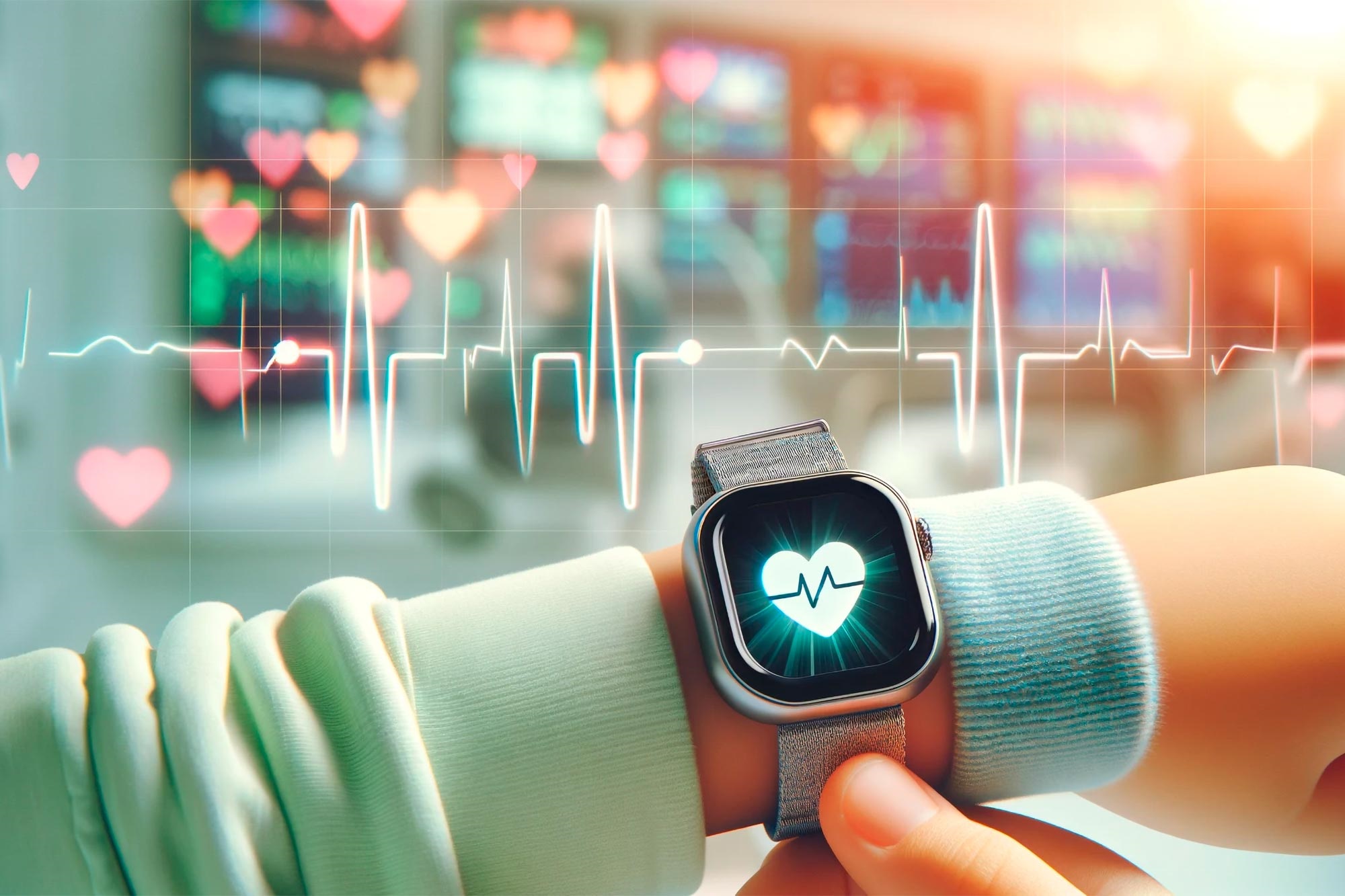
Apple Watch, proven effective in detecting children’s arrhythmias, showcased its capability to monitor heart health. Research revealed its accuracy in identifying various arrhythmia types. Traditional monitors often missed diagnoses, while the Apple Watch prompted new identifications, aiding proactive care. However, a patent dispute has halted sales of newer versions featuring advanced health-tracking capabilities.
The Apple Watch’s role in detecting arrhythmias in children signifies a breakthrough in pediatric heart health monitoring. Recent research showcased its accuracy in identifying irregular heartbeats. While prior studies validated its efficiency in adults, its effectiveness in children remained uncertain. This study aimed to bridge this gap by analyzing data from pediatric patients using the Apple Watch for heart monitoring.
This groundbreaking discovery holds immense significance as it addresses a range of conditions causing arrhythmias in children, from cardiomyopathy to congenital heart diseases and certain medications. Scott Ceresnak, MD, a senior study author at Lucile Packard Children’s Hospital Stanford, highlighted the impact of these irregular heartbeats on kids, expressing that while not immediately life-threatening, they profoundly affect their well-being.
The study, featured in the journal Communications Medicine, sought to explore the potential of wearable devices, particularly smartwatches like the Apple Watch, in monitoring heart health among children. Past studies have established the device’s efficacy in detecting arrhythmias in adults. However, whether it could perform similarly in monitoring children, given their higher heart rates and activity levels, remained uncertain.
To bridge this gap, researchers from Stanford University and Lucile Packard Children’s Hospital Stanford delved into the Apple Watch’s capabilities in detecting and characterizing arrhythmias in children. Their findings stemmed from a comprehensive analysis of data from pediatric patients who used the Apple Watch between 2018 and 2022, coupled with formal arrhythmia diagnoses at Lucille Packard Children’s Hospital Stanford.
Out of 145 instances of Apple Watch usage documented in electronic health records, 41 patients were confirmed to have arrhythmias. These patients utilized their Apple Watch for arrhythmia characterization through the Apple Watch ECG App or its high heart rate notification feature.
The study revealed that most patients diagnosed with arrhythmias (88 percent) had supraventricular tachycardia, a type of arrhythmia that causes rapid heartbeats. Interestingly, traditional ambulatory cardiac rhythm monitors failed to detect arrhythmias in a significant proportion of cases (29 percent), while the Apple Watch played a pivotal role in identifying new arrhythmia diagnoses for the majority of patients (71 percent).
Moreover, a considerable number of individuals (25 percent) sought medical care after receiving abnormal heart rate or rhythm notifications through their Apple Watch, emphasizing the device’s role in prompting proactive health management.
The implications of these findings are profound, suggesting that consumer wearables like the Apple Watch could revolutionize arrhythmia diagnosis and monitoring in children.
However, despite the promising advancements in cardiac care facilitated by the Apple Watch, a patent dispute has resulted in the suspension of the latest versions of the device, namely the Apple Watch Series 9 and Apple Watch Ultra 2. This dispute involves allegations by medical technology company Masimo, asserting patent infringement related to the blood oxygen sensor present in the newer Apple Watch models.
Following a ruling in favor of Masimo by the U.S. International Trade Commission, an import ban was placed on Apple Watches featuring the blood oxygen reading capability, affecting the sale of these devices. Consequently, Apple decided to halt sales before the ban’s official commencement on Dec. 26.
The Apple Watch emerged as a game-changer in pediatric arrhythmia diagnosis, excelling where traditional monitors faltered. Its capability to prompt new diagnoses and proactive healthcare measures is groundbreaking. However, legal disputes halted sales of newer models, challenging their potential impact in advanced health tracking. Nonetheless, the device’s transformative role in pediatric heart health remains undeniable.
